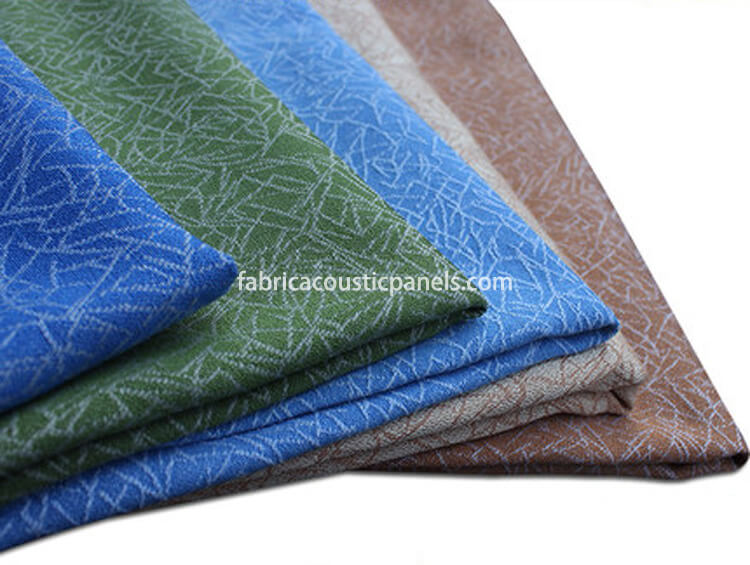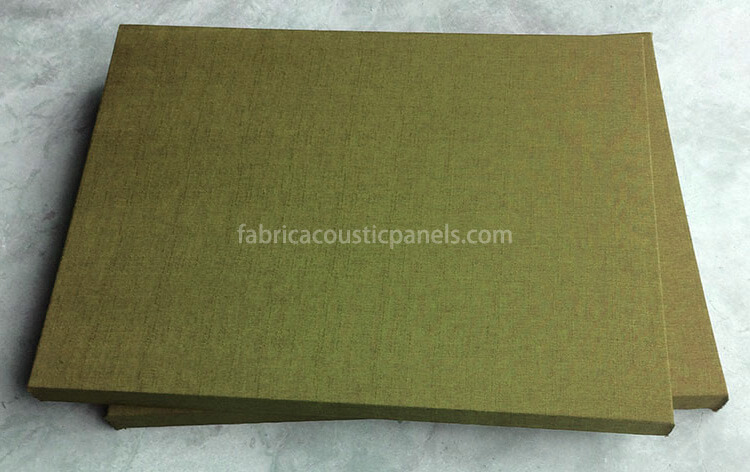
Fabric for Acoustic Panels – the Guide and the Trick
Fabric For Acoustic Panels Sound Absorbing Fabric Wall Covering Material
There are many options to cover acoustical panels, but whether you want to cover some panels for your basement theater or fill an auditorium, you need to remember a few things when choosing which fabric for acoustic panels.
Obviously, the work of absorbing the sound in the room is done by the acoustic panel, so what is the purpose of the fabric for sound panels? It is mainly to make the room look great, but aesthetics is not the only factor for acoustic fabric material. First of all, its work is not hindering what the acoustical panel is doing. You want the sound to pass through the fabric directly and into the acoustic material behind it. If the fabric reflects the sound back to the room, your acoustical panel will not do a thing. Acoustic fabric doesn’t mean sound absorbing fabric for walls or ceilings. It should be acoustically transparent fabric.
Second, you want to take into account the content of this fabric. For example, polyester and polypropylene work well on a vertical surface, but fabric made of nylon is not a good choice because it absorbs and retains too much moisture. This means that once the humidity is too high, it will begin to sag and look terrible. That is why our acoustic textiles are not made of nylon.
The third consideration is flammability. In many applications, the fabrics used on the vertical surface must pass some test such as in USA to past the ASTM E84 tunnel test. Basically, the test is to determine how much smoke is generated when the fabric is burning, and how much flame (or sometimes not even) the fabric burns and how much flame it produces. These are important factors for a room full of people. Toxic smoke and fast spreading fire are great dangers for people trying to leave the building?

Finally, is the sustainability of the fabric you are using critical to you? Is it made in a responsible and sustainable way? Is the originator important? Is the quality high enough for years?
Considering all of the above, you are now ready for some interesting parts: choose the pattern and color! Most people choose plain weave, or crepe like Anchorage. You can choose like others or choose some unique patterns for fabric covered walls.
Quick Tips for Specifying Acoustic Wall Covering Fabric without NRC Data
Of course, the best route is to allow the fabric to be tested. However, sometimes the fabrics you like are not tested. Do you have any idea when you want to use the panel for acoustic panels, but no data about if it is acoustically transparent? Sometimes an old trick is what you need.
The simple trick is to hold the fabric to your mouth, blow air through it and pay attention to the resistance you feel when you pass it through it. (Note: You may need to order multiple samples to perform this test). The smaller the resistance, the more likely the fabric will allow the sound to pass through it to the sound absorbing material that will be behind the fabric.









